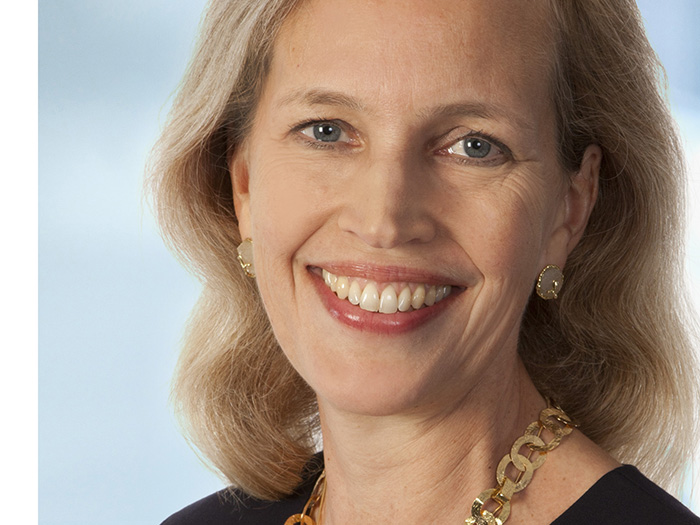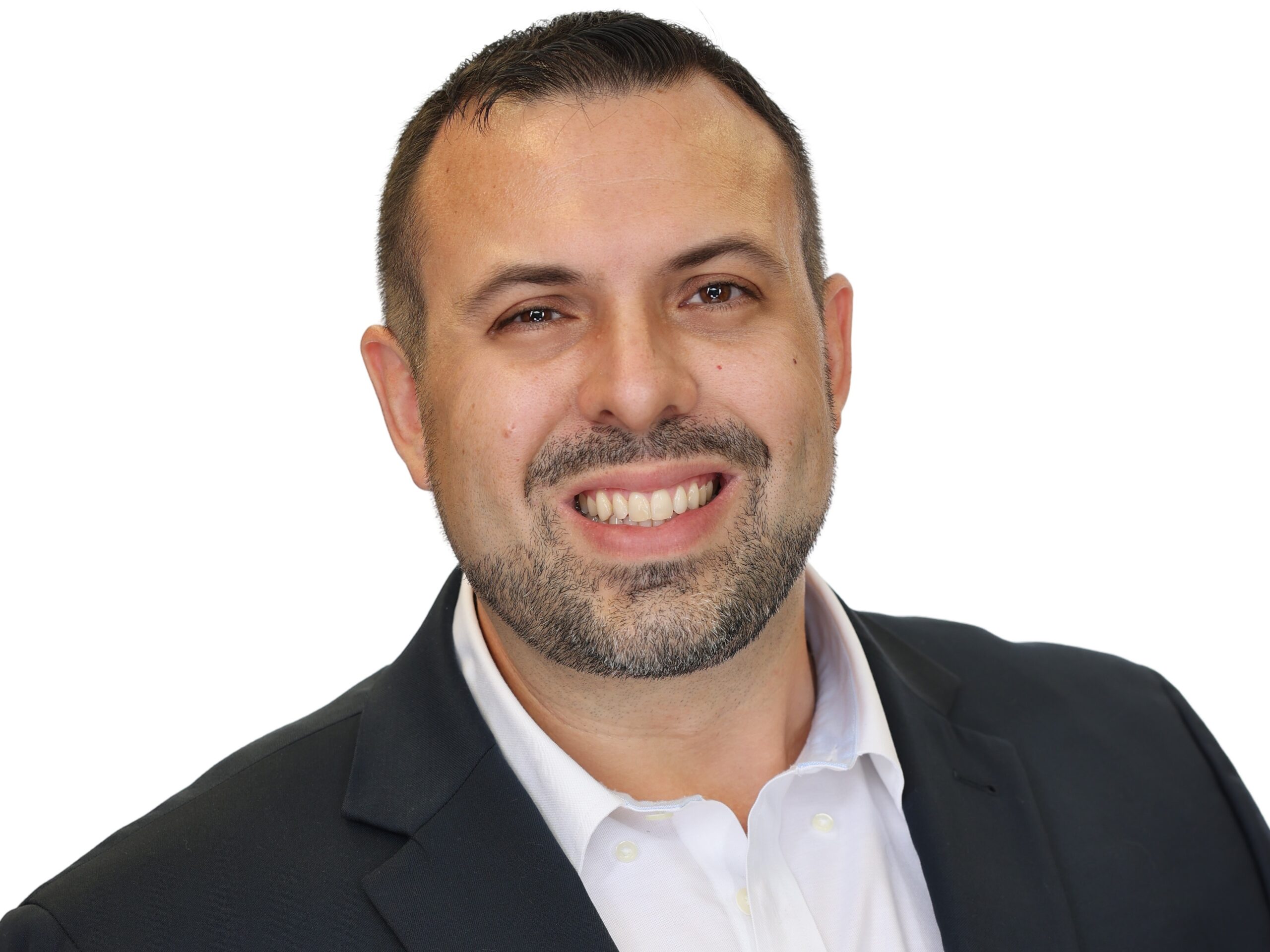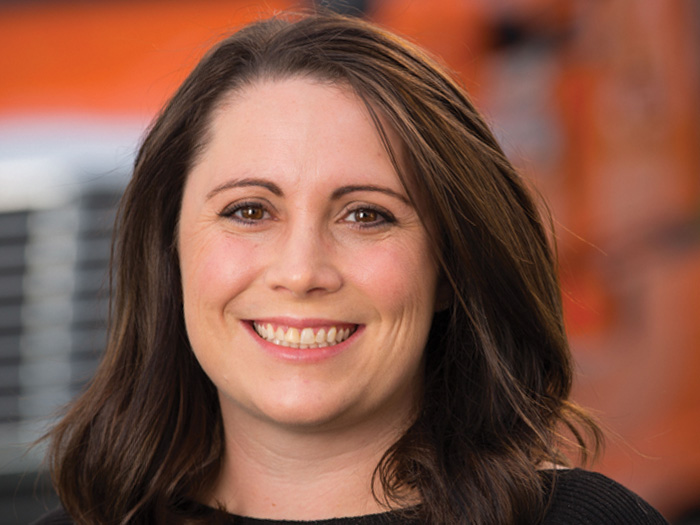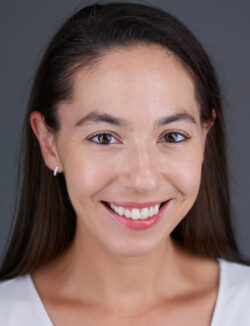10 Questions for United Educators’ CEO and President Janice Abraham

In early December, Janice Abraham, the president and CEO of United Educators (UE), sat down with Risk & Insurance® to discuss UE’s 35th anniversary of its 1987 formation. The following question and answer sequence was edited for length and clarity.
Risk & Insurance: You have a long history with UE, Janice, do you not?
Janice Abraham: Yes, I’ve been part of United Educators from our founding 35 years ago. I was an administrator at Cornell University and then an administrator at Whitman College.
Cornell was a founding sponsor of United Educators, and Whitman was a member/owner of United Educators. So, I have been part of United Educators for the first 10 years as a member and then CEO and president for the last 24 years.
I know it from both sides of the house.
R&I: Since you were there at the beginning, can you recall what the motivations were for forming UE?
JA: We were absolutely facing a dilemma in education at the time because of a liability insurance crisis that was not too dissimilar from the one we are currently in, though the crisis of the late 1980s started due to a different set of reasons.
There’s a copy of a Time Magazine cover that we keep in our office that displays a church and a school playground that says, “America, your insurance has been canceled.”
Very abruptly, a group of higher and secondary education trustees, presidents, chief financial officers all woke up and could not get liability insurance, directors and officers general liability; none of it. And if they could, it was 400 or 600 times more than what they were used to paying.
Congress, acknowledging that many different industries faced this, passed the liability risk retention act that allowed like-minded entities to come together and start a liability captive insurance company.
That’s exactly why and how educational institutions, both K-12 independent schools, as well as public and private higher education institutions, started UE.
There was a group at NACUBO, which is the National Association of College and University Business Officers, that did a study on this issue and on the need. We were formed to fill a huge hole in the governance and financial strength of educational institutions at that time in 1987.
R&I: When you were considering becoming the president and the CEO, what was it about the culture or the spirit of UE that made you want to be a part of it and wanted to lead?
JA: UE then and now is mission driven. We are laser focused on what educational institutions know and need, and my passion and avocation have always been in service to education, as I am also a trustee at a university.
I care very much for educational institutions, but I’m also a financial geek. I have an MBA in finance from Wharton, and after graduate school, I worked at a commercial bank.
I’ve always been interested in financial institutions and financial transactions. UE was then and is now the perfect marriage of my missions. Liability insurance is a complex, sophisticated organizational and financial tool that anyone who is interested in finance, whether it’s an actuary, chief investment officer or underwriter, will be drawn to.
R&I: When you became president, how big of an organization was UE?
JA: When I joined, our gross written premium, our top line, was about $40 million. We are projecting in 2022, our 35th year, for it to be $365 million. So, tremendous growth.
We were about 20 staff members when I joined, and in 2022, we will be 200 staff members. At the time, we had about 900 members and we have 1,600 now. The number of policies we had then was about 1,200, and the number of policies we have now is more than 4,500.
“I’ve always been interested in financial institutions and financial transactions. UE was then and is now the perfect marriage of my missions.”
We have grown in every dimension, but where we have grown the most is in the sophistication of how we provide risk management and risk transfer. We started out as knowledgeable about education. We knew it, the board knew it. I knew it. We all knew how educational institutions work.
What we didn’t have is the data, and what we have now is 35 years of data focused on risks and risk transfer for K-12, all the way through higher education. How we use that data, how we collect it and analyze it and put it into practice, has been one of our biggest transformations.
The other transformation has been in how we think about risk management. We used to write papers. We would write white papers, tomes, really. Now we still do original research, but we also do online programs and have hundreds of thousands of learners accessing those risk management programs.
Long before our educational institutions were forced to go to online learning in the pandemic, we were an early adopter of online training and learning for students, volunteers, faculty and staff.
We understand how adults learn and how they can learn at a time and place convenient to them, at their homes or on their mobile device. Growing our risk management learning programs has been a tremendous way for us to help prevent bad things from happening, which is our real objective.
R&I: We talked about the liability crisis that led to the formation of UE. Was there a point where UE faced a crisis of its own, whether it was an underwriting crisis or a solvency issue of any kind that the organization needed to overcome?
JA: We offered educators legal liability when I first arrived and excess general liability. Our flagship policy that we created in ELL is employment practices liability and directors and officers liability, covering discrimination, harassment, and all the issues that educational institutions needed then and now.
The challenge was that the laws moved quickly for discrimination and harassment and all EPLI (employment practices liability insurance) providers struggled to respond quickly enough.
When I joined, the losses were mounting as courts interpreted the discrimination laws, and the loss ratio rose to well over 100%. And it was getting worse. So, we had to make dramatic changes in how we manage these claims, how we underwrote this risk, what we charge for the coverage and in our risk management.
The second big issue was the terrorist attack and the hard market in 2001. We were started in a hard market in the mid-eighties. It quickly moved to be a soft market and then at the turn of the century, because of extraordinary events, it became a very hard market again.
We had just completed a major governance restructuring, which is extremely complicated, and brought our offshore Bermuda-based company onshore. The hard market hit just as we were restructuring, so it was a tumultuous time.
We have always been financially strong. We’ve had an A rating from AM Best for 22 years. There was never [except for the employment practices era at the turn of the century] a crisis, but the external environment moves very quickly.
Right now, the hallmark is social inflation, and all liability carriers are caught in that swirl of the public not trusting institutions. Contract certainty is not as solid as it was in the past, and there is a real distrust and anger against all forms of institutions in the United States. This is a challenge for all liability insurance companies and UE is no exception.
R&I: You had talked about online learning and the innovations or advancements you can proudly look back at. Were there other innovations from a product standpoint or from an organizational standpoint of note?
JA: What we try to do as a captive insurance company is work with our members to prevent bad things from happening. We take that very seriously.
We introduced something called ProResponse®, which helps members if there’s some form of crisis. Whether or not the crisis is going to lead to a liability insurance claim, we want to offer our members expert advice. That could be grief counseling, a threat assessment, an investigation into an allegation, or a communications expert to help their leadership respond to a crisis.
ProResponse was an innovation; it’s not a risk transfer product. It’s a service to help members deal with a crisis that happens on campus. If we help them address it appropriately, we can help the community. We may help prevent a liability insurance claim, but more importantly, it helps the campus heal and get back to their mission.
How we use data analytics to underwrite has also been a huge innovation for United Educators. Our team of data scientists and analysts use 35-years of data to better differentiate pricing for our members, triage claims and better respond to risks.
We’re also regularly changing the liability product to meet the needs of campuses, because their needs aren’t static. We serve education, an innovative industry, and we must continuously evolve our products and services to meet how our members go about their business.
International study, online learning, athletics are different from what they were in the 1980s. The passage of Title IX in 1972 was all about girls playing sports. Now it’s about sexual assault on campus and how women are perceived in the workplace. So, it’s a vastly different creature, a vastly different law, and we must be innovative to respond to those changes.
R&I: We talked a little bit about social inflation and what we refer to as nuclear verdicts. Where else do your members need risk management support these days?
JA: One issue that was very prevalent before the pandemic is enterprise risk management or ERM. I authored a book on the topic before the pandemic broke. I was focused on governing boards, because that’s what I do as an avocation, as a hobby.
ERM was gaining a lot of traction with colleges, universities and independent schools pre-pandemic. We had a year and a half where folks were just in crisis mode, teleworking, hybrid learning, all of that, and now we have a huge uptake in requests for help in enterprise risk management.
UE members realize the risks they face are not in neat silos, that they really are programs that stretch across the entire enterprise.
I’ve spoken to three boards of trustees in the past week, and all of them asked about enterprise risk management. How do we think about it? What are our emerging risks? How do we look at it cross functionally? How can United Educators help us with that? And that seems to be the strongest concern that institutions have moving forward.
Educational institutions are very different than businesses, but there are some similarities. Non-academic board members can talk with academics and think about emerging risks, whether they’re health risks, societal risks, geopolitical risks, or climate risks.
All of those are issues that are affecting our members, and they come to us as asking for help in developing the right kind of programs to support that.
R&I: Looking back at the organization and thinking in the context of a 35-year anniversary, what swells you with pride? Where does the joy come from when you think about what this organization has accomplished for its legacy?
JA: Two issues. The first is our mission.
If UE hadn’t been created as a captive back in the mid-eighties, it would need to be created now, particularly over the past couple of years. Commercial insurance companies have once again stepped away from the education market and from providing the breadth of coverage and high limits.
We’ve stepped in to help educational institutions do their job of teaching, research and service and not worry about whether they can get volunteers on the board of directors and support their research mission.
We have been true to our mission and supported educational institutions, which I believe are the crown jewels of this country. Here in the United States, we do that it in a way that truly changes society. So that’s the first, we provide a vital service to a vital industry in this country.
The second is the team that we have assembled over the past 35 years. They are the smartest, most creative, most hardworking individuals that I can imagine.
The average staff tenure at UE is 15 years. There are two members of the senior executive team who were at United Educators when I joined.
While serving as a CFO at Whitman College, we had a terrible van accident, the first person I called was my husband to say, “I’m not coming home for a while.” The second call was to United Educators asking, “What do we do and how do we manage this crisis?”
The person at UE who answered my call was Joe McCullough. Joe helped formulate UE’s concept of a Cool Head, Warm Heart approach to claims resolution, which guides us today. He is still with UE mentoring our junior staff, mentoring me, working to resolve claims, and supporting members.
It’s the talent of the staff that we have assembled over the past 35 years that I burst with pride about every day.
R&I: Janice, thank you for sharing that with us. Is there anything about the organization or your role in it or your relationship to it that we didn’t cover that you wanted to talk about?
JA: Thanks for asking. I do want to highlight how intently focused we are on our members. They have an active role in our governance. The majority of our governing board members are in some way serving a UE member school, college, or university. They’re a president, a trustee, a CFO, or a risk manager and they clearly look out for members.
We also invite feedback directly from members to improve our products and services and make it easier to do business with UE. We have advisory committees consisting of general counsels and risk managers that inform our approach to risk management and claims resolution.
We also rely on our broker partners to share feedback. We distribute our insurance exclusively through brokers and have had a major hand in developing a cadre of brokers that now have expertise in the education space. Many brokers grew up with us as they saw this niche in education that didn’t really exist before UE.
The broker community we have, including the major brokerages and some strong regional ones, have become sophisticated, trusted advisors for our members.
UE promoted risk management as a viable profession, as a tangible issue for governing boards to think about. It’s an issue that brokers can focus on and one that reinsurers can feel confident that they have good risk management partners in.
The other issue that we haven’t talked about, that I’ve realized over my close to 24 years, Dan is how hard it is to run a captive insurance company and how important trusted, loyal reinsurers are.
We cannot offer $30 million of limits without high quality reinsurance partners. Given how long these claims take to work their way through, and the tail is getting longer, I think about how much being an expert really matters.
UE was started in the mid-eighties, in a crisis with a lot of good intent but I don’t think, if truth be told, the founders of UE understood how hard it was going to be to navigate the external macro changes, how much education would change over 35 years, and how important it is to keep a low expense ratio. Our expense ratio is 17%.
That’s extraordinary for a commercial insurance company. There are a lot of great insurance companies in the U.S. UE has been so successful because we are experts in education, offering coverage, risk prevention tools, and claims expertise that are unique to education. Those qualities coupled with strong relationships with reinsurers and a low expense ratio sets UE apart and distinguishes us as vital to education now as 35 years ago.
The mission was always there, but the complexity and difficulty of running a captive, I didn’t understand it when I joined 24 years ago, I can assure you and I don’t think the men and a few women who started UE 35 years ago really understood it either.
It was a lot of good faith and elbow grease but the complexity of the risks, the reinsurance environment, the legal environment, and changes to education were all challenges for us to master.
R&I: Would you care to say or would you be willing to say which insurers have really been your best long-term partners?
JA: Genesis has been loyal and supportive. Hanover Re has been terrific. PartnerRe has also been terrific. I would put those three as exceptionally strong players with us that have been there day in and day out.
I think they trust us to know our market, to say what we’re going to do and do it, and they value our retention ratio of members. Our premium retention ratio is 97% and that’s extraordinary year in and year out. &










